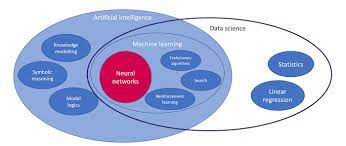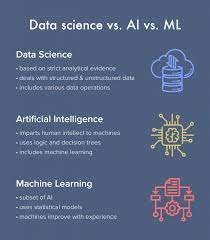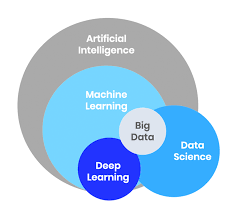The Power of SAS Analytics
In today’s data-driven world, businesses are constantly seeking ways to harness the power of data to make informed decisions and gain a competitive edge. This is where SAS Analytics comes into play, offering a comprehensive suite of tools and capabilities to analyse, visualise, and derive valuable insights from data.
What is SAS Analytics?
SAS Analytics is a powerful software suite developed by SAS Institute that enables organisations to explore, model, and interpret complex data sets. It provides a wide range of functionalities, including data management, statistical analysis, machine learning, and predictive modelling.
The Benefits of SAS Analytics
One of the key benefits of SAS Analytics is its ability to handle large volumes of data efficiently. With its advanced algorithms and processing capabilities, SAS can uncover hidden patterns, trends, and relationships within the data that might not be apparent through traditional analysis methods.
Furthermore, SAS Analytics empowers businesses to make data-driven decisions with confidence. By leveraging predictive analytics and machine learning models, organisations can forecast trends, identify potential risks and opportunities, and optimise their operations for better outcomes.
Real-World Applications
SAS Analytics has a wide range of applications across various industries. For example, in finance, it can be used for risk management and fraud detection. In healthcare, it can help improve patient outcomes through predictive modelling. In marketing, it can enable targeted advertising campaigns based on customer behaviour analysis.
Conclusion
In conclusion, SAS Analytics is a versatile tool that empowers businesses to unlock the full potential of their data. By leveraging its advanced capabilities in data analysis and modelling, organisations can gain valuable insights that drive strategic decision-making and foster innovation in today’s competitive landscape.
Top 5 Tips for Mastering SAS Analytics: Enhance Your Skills and Network
- Utilize SAS programming language for data manipulation and analysis.
- Take advantage of SAS Visual Analytics for creating interactive data visualizations.
- Explore advanced statistical techniques using SAS software.
- Attend SAS training courses to improve your skills and knowledge.
- Join the SAS community to network with other users and share best practices.
Utilize SAS programming language for data manipulation and analysis.
By utilising the SAS programming language for data manipulation and analysis, businesses can enhance their analytical capabilities significantly. SAS offers a robust set of tools and functions that enable users to efficiently process and analyse large datasets, uncovering valuable insights that can drive informed decision-making. Leveraging the power of SAS programming language ensures accuracy, speed, and scalability in data manipulation tasks, empowering organisations to extract meaningful information and gain a competitive edge in today’s data-driven landscape.
Take advantage of SAS Visual Analytics for creating interactive data visualizations.
By utilising SAS Visual Analytics, users can capitalise on the opportunity to craft interactive data visualisations that offer a dynamic and engaging way to explore and interpret complex datasets. This tool enables users to create visually appealing charts, graphs, and dashboards that facilitate a deeper understanding of the data, allowing for more insightful analysis and decision-making. With SAS Visual Analytics, users can uncover hidden patterns and trends within their data through interactive exploration, ultimately enhancing the effectiveness of their data-driven strategies.
Explore advanced statistical techniques using SAS software.
To enhance your data analysis capabilities, consider delving into advanced statistical techniques using SAS software. SAS offers a robust platform for exploring complex statistical methods that can uncover deeper insights from your data. By utilising these advanced techniques, such as multivariate analysis, time series forecasting, or cluster analysis, you can gain a more comprehensive understanding of your data patterns and relationships. Embracing these sophisticated analytical tools within SAS software can elevate the quality of your analyses and enable you to make more informed decisions based on the intricate nuances of your data sets.
Attend SAS training courses to improve your skills and knowledge.
Attending SAS training courses is a valuable tip for enhancing your skills and knowledge in SAS Analytics. These courses provide a structured learning environment where you can deepen your understanding of the software’s functionalities and learn best practices for data analysis and interpretation. By participating in SAS training, you can stay up-to-date with the latest trends and techniques in data analytics, enabling you to leverage SAS Analytics more effectively in your work and make informed decisions based on sound analytical insights.
Join the SAS community to network with other users and share best practices.
By joining the SAS community, users can connect with like-minded individuals, exchange valuable insights, and learn best practices in SAS analytics. Networking with other users provides a platform to collaborate, seek advice, and stay updated on the latest trends and developments in the field. Sharing experiences and knowledge within the community fosters a culture of learning and growth, enabling users to enhance their skills and maximise the benefits of SAS analytics in their professional endeavours.





